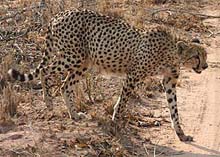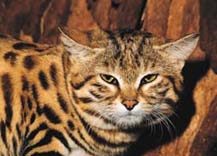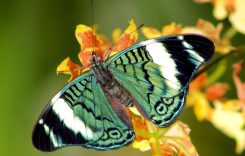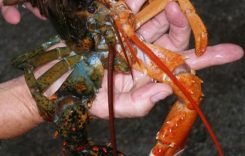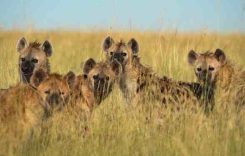#5 Tsetse Flies
Tsetse flies are large biting flies found in much of tropical Africa. They survive by feeding on the blood of vertebrate animals, including humans. They are prevalent across central sub-Saharan Africa and have been extensively studied due to their role in spreading sleeping sickness.
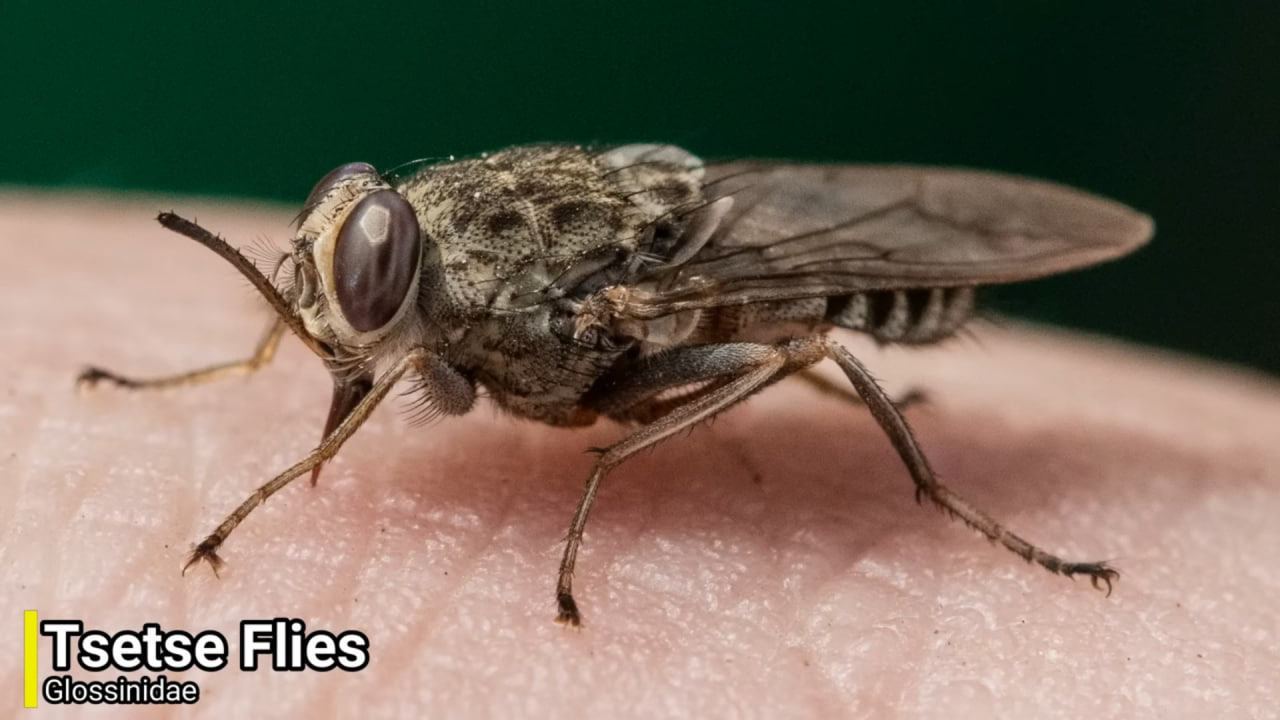
Sleeping Sickness
When an individual is infected by a tsetse fly with sleeping sickness, their health can rapidly deteriorate. Initially, it causes fever, chills, and limb pain. Eventually, it affects the nervous system, leading to extreme lethargy and death. This is how the disease got its common name of sleeping sickness. Infections from tsetse flies are estimated to cause around 12,000 human deaths each year, placing them at number 5 on the list.
Dowload interesting animal sound for your ringtone: ringtonesonic.com
#4 Domesticated Dogs

Dogs are descended from wolves, and in fact, the modern wolf is the closest living relative to dogs. Dogs were among the first animals to be domesticated, a process that began around 15,000 years ago. Over time, humans have bred dogs into various shapes and sizes, and their roles and perceptions vary widely across different cultures. In some places, dogs are cherished as companions and family members, while in others, they are seen as working animals or tools.
Impact of Stray Dogs
Unfortunately, there is a significant population of stray dogs worldwide, and these strays have a notable negative impact on ecosystems. They hunt native species and spread diseases. Moreover, captive and stray dogs are known to attack humans, and these attacks can sometimes be fatal. India, in particular, is heavily affected by dog attacks due to its approximately 30 million stray dogs.
Rabies and its Impact
When a dog attack occurs, even if the victim survives the initial attack, there’s the risk of dying from a rabies infection. Rabies is nearly always fatal once symptoms become apparent. This disease is a massive problem in India; in 2015, India accounted for 35 percent of human rabies deaths globally. Most of these infections resulted from stray dog bites.
Globally, it’s estimated that dogs are responsible for causing at least 25,000 human deaths each year. This places them at number 4 on the list of deadliest creatures.
#3 Snakes
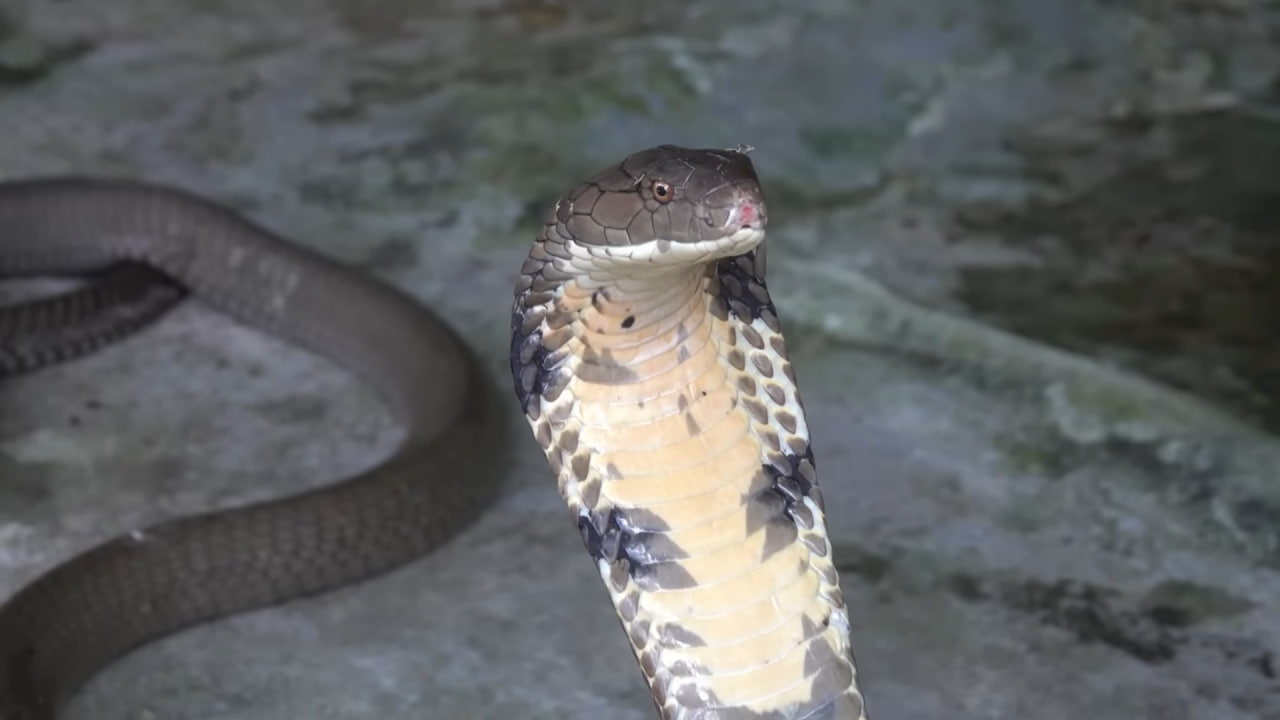
Snakes often evoke strong negative feelings, but in many cases, this sentiment is unjustified. Snakes play a vital role in their ecosystems, and some ecosystems would collapse without them. Generally, if you leave snakes alone, they will leave you alone. Most snake bites occur in self-defense situations.
Diversity of Snakes

There are around 3,000 species of snakes worldwide. Surprisingly, only about 10 to 15 percent of these snakes are venomous. Additionally, most of the venomous snakes do not possess venom potent enough to kill a human. Even if someone is bitten by a highly venomous snake, it doesn’t necessarily mean it’s a fatal situation.
Snake Anti-venom
Snake anti-venom has been available since 1895. Administering anti-venom can save someone from certain death after a snakebite. This contributes to a relatively low number of snake-related deaths in places like Australia, where snake anti-venom is easily accessible. Often, the deadliest snakes are not those with the most toxic venom but rather the ones more likely to bite. This is particularly true in areas without ready access to anti-venom.
On a global scale, it’s estimated that snakes are responsible for at least 50,000 human deaths each year. This positions them at number 3 on the list of deadliest creatures.

